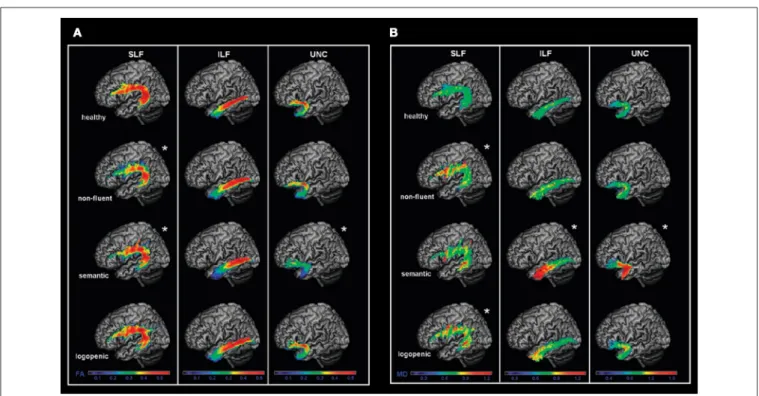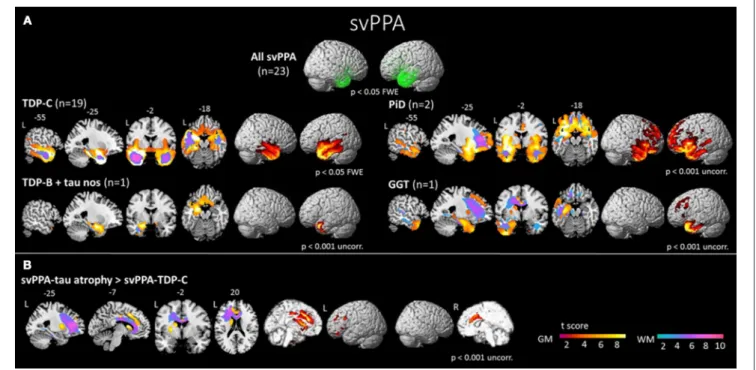Clinical, anatomical and pathological features in the three variants of primary progressive aphasia : a review
Texte intégral
Figure




Documents relatifs
In this paper we proposed a maximum likelihood approach for Hawkes processes that can handle both self-exciting and self-regulating scenarii, the first case be- ing already covered
Immigrant women arriving in Switzerland for family reasons are then significantly more likely to be excluded from the Swiss labor market than women who migrate for
Le transfert horizontal de la résistance aux antibiotiques conférée par nptII de la pomme de terre EH92-527-1 vers des bactéries pathogènes pour l’homme ou l’animal, bactéries
L’ouvrage de Madeleine Ferrières montre enfin à quel point l’analyse est étroitement liée à la prise en compte des risques par les autorités publiques dans la réglementation
BC = L+AR-Rh - Drainage = Soil Carbon Balance Rh = Litter decomposition Rs = Soil Respiration Autotrophic Ra = Respiration Carbon POOLS and fluxes in forest
This work aimed to fabricate the bionano hybrid material by loading algae cells (Chlorella vulgaris) on the ultrafine TiO2/Ag chitosan hybrid nanofiber mats (TiO2/Ag NF) and
patients with semantic dementia have difficulties with Single Tool Use, Real Tool Use
Recovery was similar across speech-language and motor domains, even in patients with severe impairment, supporting the shared recovery hypothesis and that similar brain
